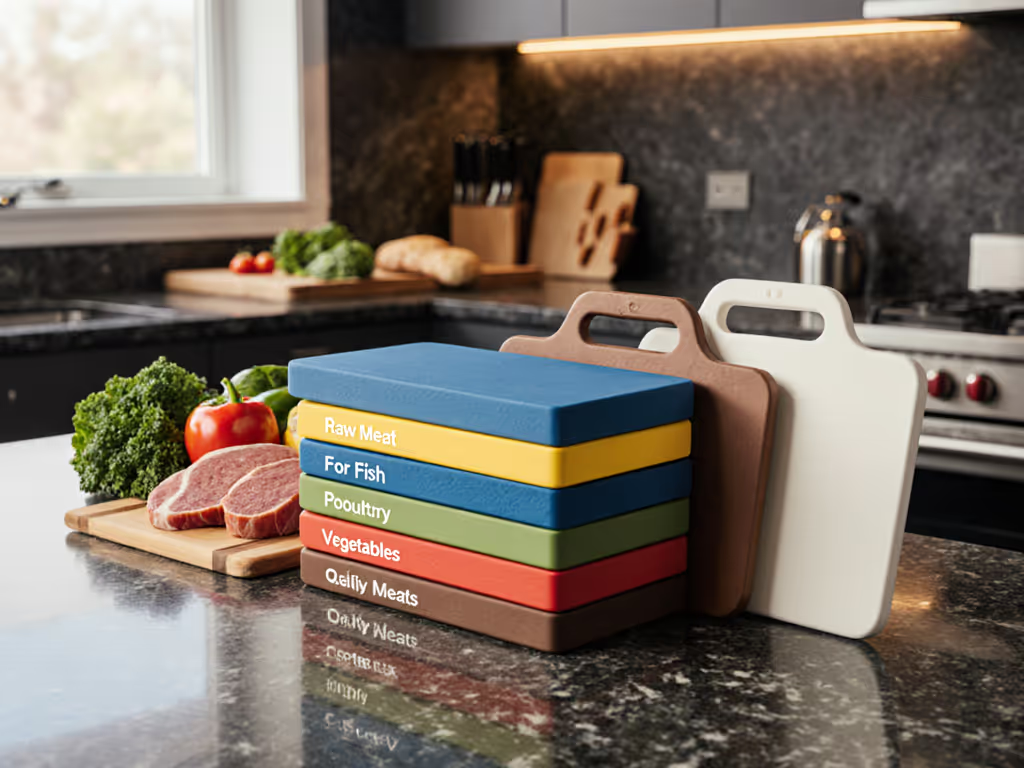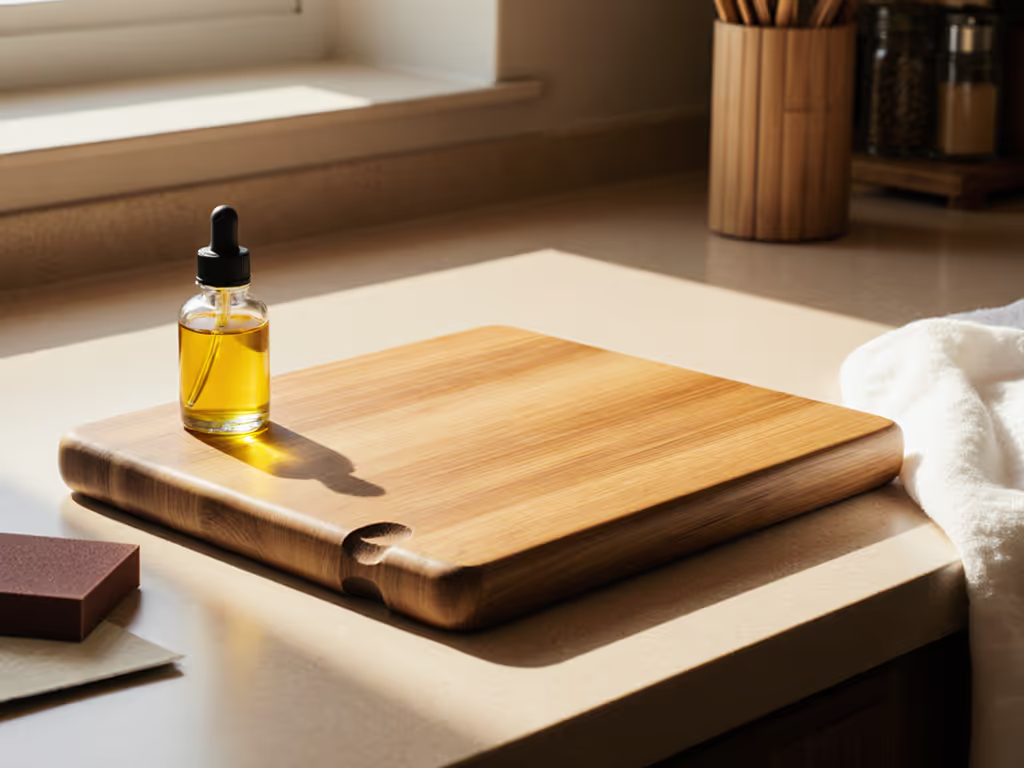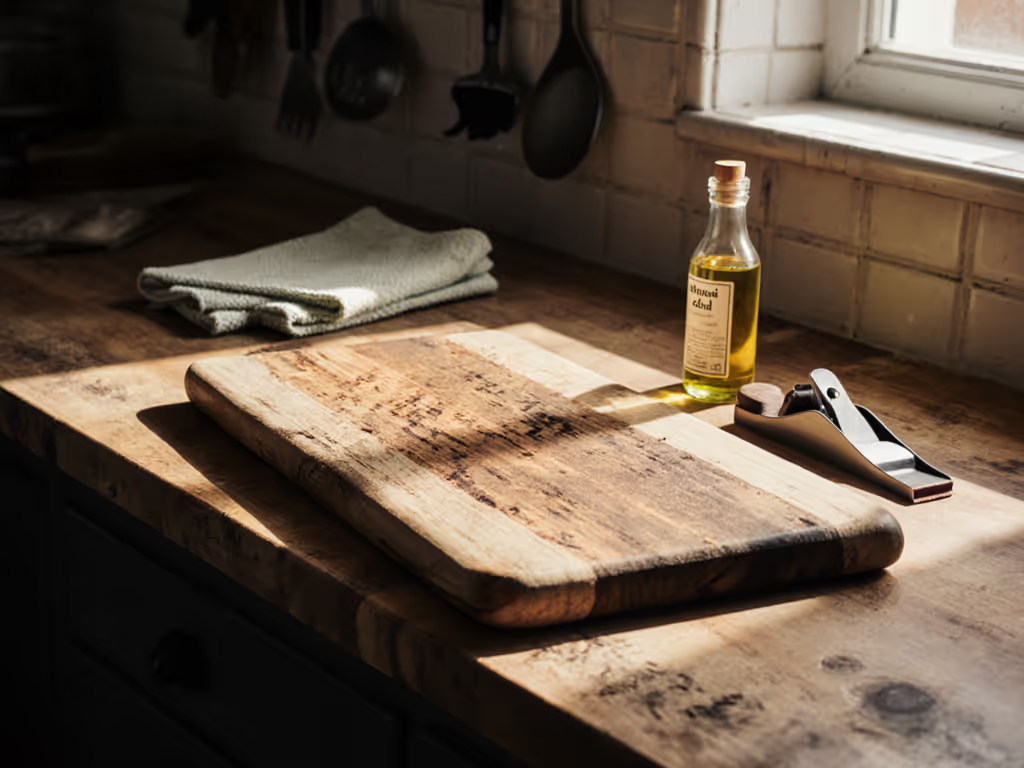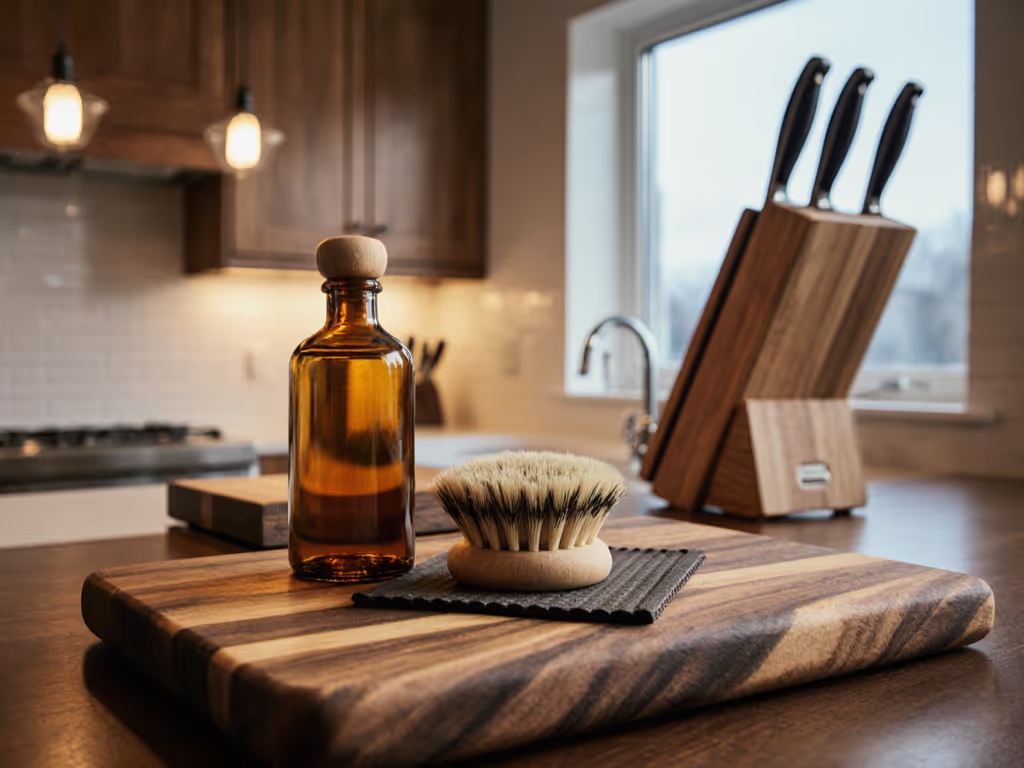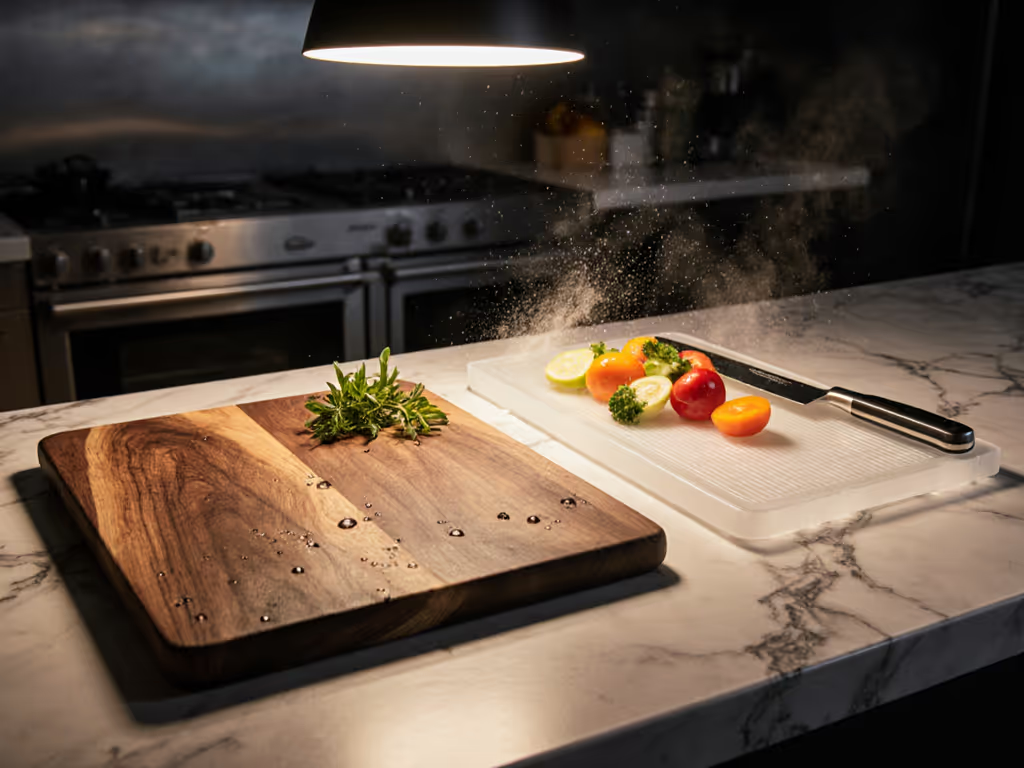
Safe Cutting Boards: Decoding Food Safety Certifications
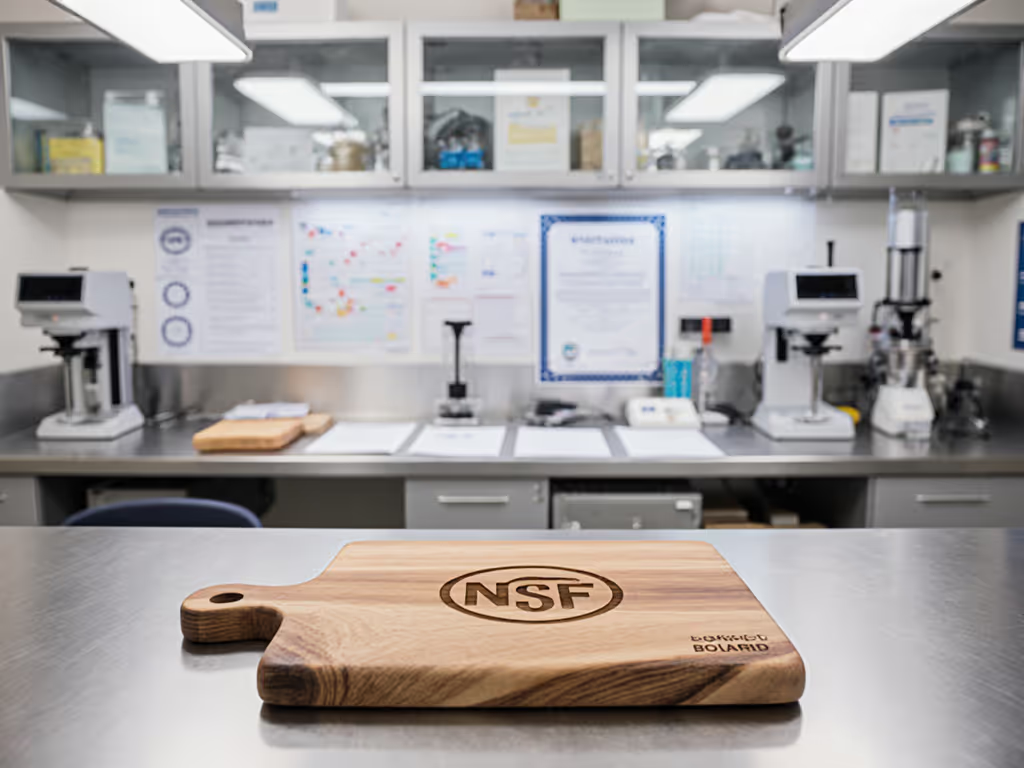
When selecting safe cutting boards for home kitchens, understanding cutting board food safety certifications becomes essential, not as a checklist of regulatory requirements, but as a practical guide to everyday hygiene. Unlike commercial kitchens governed by HACCP frameworks, home environments prioritize routine execution over compliance paperwork. This FAQ examines what certifications truly indicate for those who cook 4-7 nights weekly in constrained spaces, where sink compatibility and predictable drying matter more than audit readiness.
What Food Safety Certifications Should Home Cooks Actually Care About?
Food safety certifications for cutting boards fall into two categories: those addressing material safety and those verifying sanitation performance. The NSF/ANSI Standard 2 certification is most relevant for home users, confirming a board's surface resists bacterial penetration during normal use. This differs from FDA food-contact material regulations, which ensure substances like glue resins in wood boards remain inert when cured, a requirement met by all reputable manufacturers.
FSC certified wood boards represent an ethical subset worth noting. While the Forest Stewardship Council certification doesn't directly relate to food safety, it verifies sustainable forestry practices for wooden options. Home cooks valuing transparency can trace wood sourcing without compromising hygiene standards.
Commercial-grade color-coding systems (red for meat, green for produce) often overwhelm home kitchens. For a deeper look at preventing cross-contamination at home, see our food safety cutting boards guide. Instead, focus on physical characteristics: non-porous surfaces for plastic, tight grain structure for wood. These features determine whether a board accepts a sanitizing solution effectively, not its certification sticker.
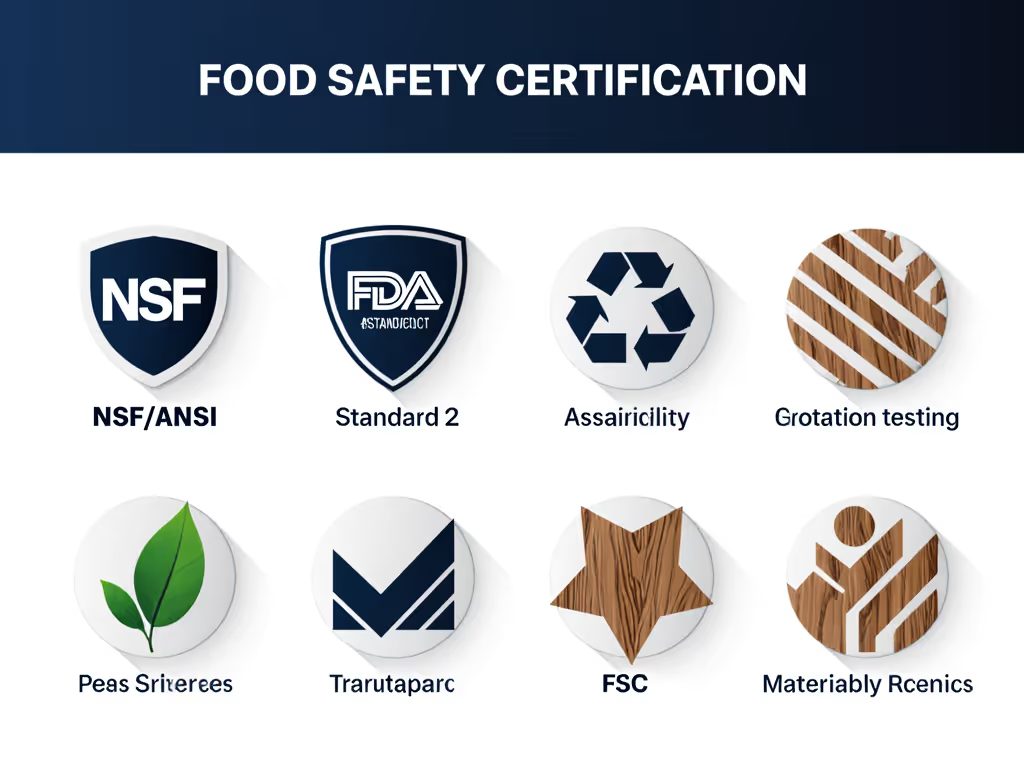
Does Wood or Plastic Offer Better Food Safety?
The question persists despite decades of study: which material inherently prevents cross-contamination better? Get an evidence-based wood vs plastic comparison that covers hygiene, maintenance, and knife preservation. Peer-reviewed research shows both can be equally safe when maintained properly. The critical variable isn't material but maintenance execution.
During routine testing, I observed how groove depth (not material type) determined bacterial retention. After a roast-chicken night, plates revealed rapid microbial growth in an unsanded plastic groove, while an oiled maple board cleaned with hot water and finished with a dry vertical showed minimal activity. This reinforced that consistent cleaning protocols outweigh material debates.
Wood's natural antimicrobial properties remain scientifically contested. What's undeniable is that wood with proper moisture content (8-10%) and regular oiling develops a stable surface resistant to cracking. Plastic's non-porous nature helps only until knife scars create harborage points (typically after 6-12 months of heavy home use).
How Should I Clean and Sanitize Different Board Types?
Maintenance protocols must align with board material. For step-by-step care, follow our wood cutting board maintenance guide. For wood boards:
- Immediate scraping of food residue
- Washing with hot water (120-140°F) and pH-neutral soap
- Air-drying vertical within 15 minutes of washing
- Monthly oiling with food-grade mineral oil (100% saturation for 24 hours)
Plastic boards require different handling: See our plastic cutting board care guide for stain removal, sanitizing, and longevity tips.
- Soaking in 200 ppm chlorine solution (1 tsp bleach per gallon water) for 2 minutes contact time
- Rinsing before air-drying vertical
- Replacement when groove depth exceeds 0.5mm
Never submerge wooden boards or place them in dishwashers. The accelerated moisture cycling promotes warping and internal cracking. For plastic boards, avoid abrasive scrubbers that accelerate surface degradation. The maintenance load (which I define as the time required for complete sanitization plus storage space) should inform your choice more than the initial cost.
When Should I Replace a Cutting Board?
Replace boards when they can no longer accept sanitizing solutions uniformly. For plastic, this occurs when groove depth exceeds 50% of the original surface thickness. Wood boards need replacement when cracks extend beyond surface-level grain separation, typically indicated by persistent moisture retention after 24 hours of drying.
Contrary to popular belief, discoloration alone doesn't mandate replacement. A maple board darkened from onion contact remains safe if properly cleaned. However, if a board develops persistent odors despite sanitizing (particularly meat or fish smells), surface integrity has likely been compromised.
Professional kitchens often replace boards monthly, but home environments with moderate use (4-7 meals weekly) can extend this to 18-24 months with proper care. Regular inspection under strong side lighting reveals developing grooves before they become problematic.
What's the Single Most Important Factor for Food-Safe Cutting Boards?
After years examining microbial growth patterns, I've concluded that consistency and airflow keep boards safe more than gadgets do. The most sophisticated board fails when left flat on a damp countertop overnight. Conversely, a basic maple board following a simple routine (immediate hot-water rinse, vertical drying, and monthly oiling) consistently demonstrates lower microbial loads in testing.
This principle explains why complex sanitizing systems often underperform. The maintenance load must fit your actual kitchen workflow. A board that requires 30 minutes of specialized care won't get cleaned properly when you're tired after work. Instead, choose options that support your real habits: boards that fit your sink, dry quickly on your rack, and integrate seamlessly into cleanup.
Clean habits beat clever gadgets for keeping boards food-safe. A predictable, repeatable routine matters more than any certification sticker.
Practical Takeaways for Your Kitchen
- Prioritize drying position over material: Any board becomes unsafe when dried flat. Always dry vertical to promote even airflow through both surfaces.
- Match maintenance to your habits: If you won't oil monthly, choose plastic. If you value knife longevity, invest in end-grain wood with scheduled oiling.
- Inspect quarterly: Check for grooves using a 0.5mm feeler gauge. Deepening scars indicate replacement time regardless of certification.
- Separate protein and produce: Not with color-coded systems (impractical for home), but through dedicated storage positions (left sink for vegetables, right for meats).
- Control variables you can: Temperature (120°F+ wash water), contact time (2+ minutes for sanitizers), and airflow matter more than board certification.
Understanding food safety certifications helps avoid problematic materials, but daily execution determines actual safety. Home cooks achieve better results focusing on dry vertical positioning and consistent cleaning than chasing the "perfect" certified board. The most reliable system remains one that fits your kitchen's physical constraints and integrates into existing routines without added friction.
For those interested in moisture-content testing protocols or NSF certification verification methods, the FDA's Guidance for Industry: Guide to Minimize Microbial Food Safety Hazards for Fresh Fruits and Vegetables provides laboratory-level detail beyond home application.

